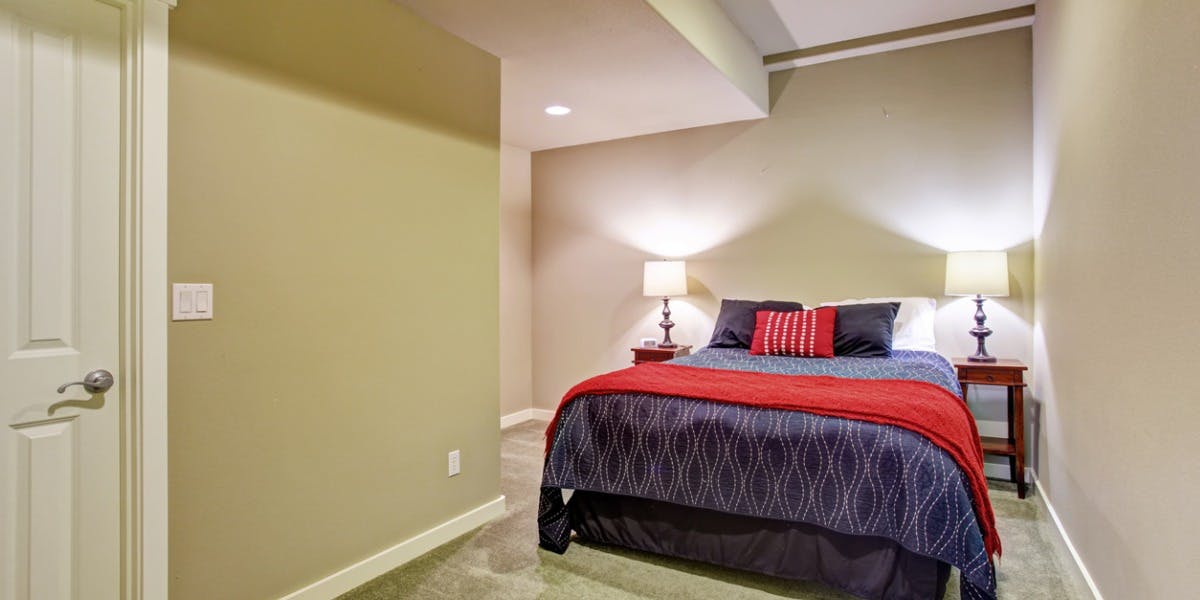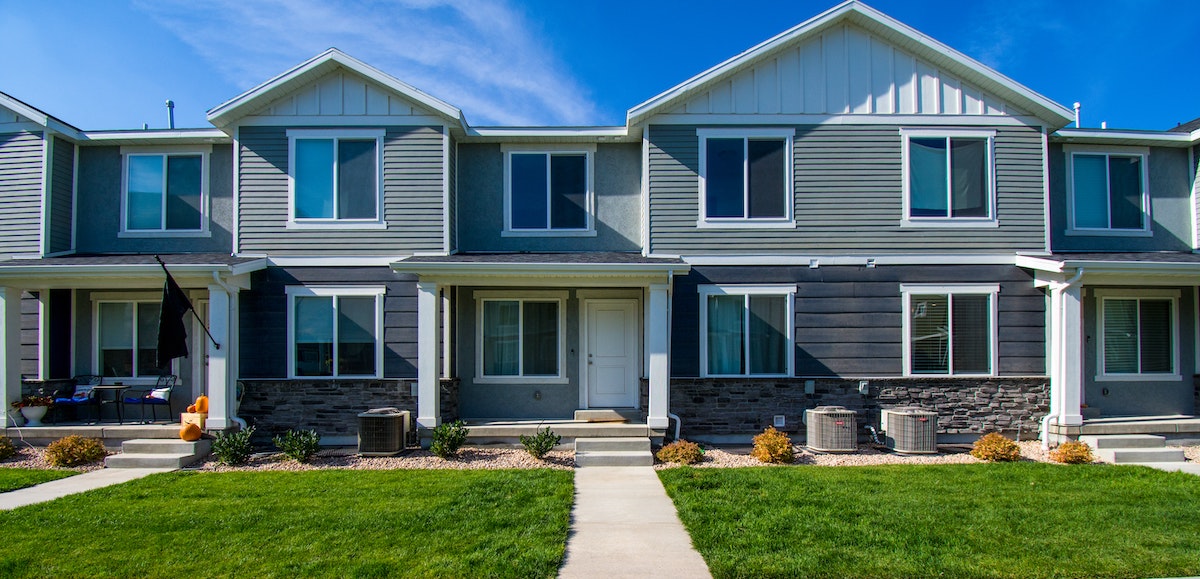California
Under the Radar Building Code Violations Explained
Last Updated Jun 30, 2021


Though you’re a landlord and not a building inspector, it’s critical you know the basics about what in your house is up to code – and what needs to be brought up to code before renting it out.
When you’re a landlord managing your own rental property, you often find yourself in a position where you’re forced to put your trust and faith in a contractor or tradesperson, and end up being let down. Say, for example, there’s an issue with the wiring in the house: unless you moonlight as an electrician, you probably don’t know if the person doing the work on your home is doing it right, or their work was up to code.
Or maybe you did some work yourself, or the previous owner didn’t bring the house up to code, and it was missed in the inspection.
That’s part of the reason why there are so many building code violations in California — a combination of shoddy work, and landlords who don’t know enough to identify the work as being subpar. In some cities, in fact, over 45% of homes have violations, large and small.
That’s why we’re writing this blog, to bring to your attention some of the most commonly overlooked building code violations.
It’s important to keep in mind that these laws are set on a local level and vary from city to city and county to county. That’s why we encourage you to check with your local housing authority, to see if the violations identified in this piece are relevant to your rental property.
1. A missing or broken smoke detector
This is often the most common code violation in any given city or state. Usually the law is that every sleeping area needs to have its own smoke detector; sometimes an additional detector must be installed outside the sleeping areas as well. The placement of the detectors is also often legislated: typically smoke detectors need to be on or near the ceiling, while carbon monoxide detectors sometimes have to be placed closer to the floor.
As stated above, it’s absolutely critical to know the local laws when installing a smoke detector or a carbon monoxide detector. But you also have to take special care to ensure that the detectors you have in place are fully functional. We recommend testing them yourself every year, at which point it probably isn’t the worst idea to preemptively replace the battery. But it’s also important to remind your tenants every now and then to check those batteries on their own.
2. Adding a bedroom without a window
Especially with the recent relaxation on ADU laws, many homeowners in California are looking to further leverage their property by adding extra rentable spaces. It’s critical to remember, though, that every bedroom must have an escape window. Many municipalities go so far as to define the minimum proportions of these windows, to ensure an average-sized adult can crawl through them. Again, we strenuously recommend you consult with local authorities, but 20 inches wide by 24 inches is a good rule of thumb.
Often there are additional provisions to ensure that bedroom windows provide an adequate amount of natural light and ventilation; the standards vary, however, making it critical (not to sound like a broken record) to consult with local experts
This is especially important to keep in mind if you’re contemplating converting your basement into a bedroom: you might have to perform some excavations to ensure the windows are adequately sized.
3. A Bathroom without a vent
If the bathrooms in your home all have windows, you can skip this section. If not, you should be aware that, in many cities and counties across the country, you need to add a venting system that can help remove moisture from the air. Not only will this help reduce the potential for mold growth, but it will ensure that wood cabinets don’t warp and that paint doesn’t start to peel prematurely.
It’s not only critical that you have a vent — the vent must direct the moist air it collects out of the house altogether. Vents that lead into an attic space might be easier to install, but depending on where you live, that could constitute a code violation, too. And no matter where you live, venting moist air into a dark room that has little to no circulation is a sure-fire way to give your house a mold problem.
4. Exposed electrical wiring
If you’re adding a ceiling light or fan or some other feature that requires electrical wiring, the connection between it and the preexisting wiring needs to be housed in a properly installed junction box.
“I have a great idea,” you might be thinking. “Instead of wiring it properly, I’ll just use a huge extension cord to plug it into a wall outlet or something.” Think again — that too often constitutes a code violation.
While we’re talking about electricity issues, we should mention that, in many places, it’s required that all the circuits in your circuit breaker box are clearly labeled and that no breakers are missing. This is a code violation that is often overlooked.
5. Asbestos and/or lead paint
If your home is on the older side, it’s critical to check if there’s any asbestos or lead paint still present on the premises. Often found in insulation materials, asbestos needs to be removed by a licensed and insured expert who can handle and dispose of it safely and properly — not only to ensure their health and the health of occupants, but to guarantee it doesn’t end up in a landfill or dumpster.
With regard to lead paint, we all know the issues related to children, but it is dangerous for people of all ages. If your house was built before 1978, the chances are, according to the government, it has lead paint. To be certain, we suggest you hire a certified lead paint inspector. If it turns out there is lead paint, you will have to determine if the house needs to be stripped, or if the lead paint can be just sealed.
For more information about what you need to know about air quality as a landlord, check out this blog post.
Managing code violations in a rental property
If you’re thinking about investing in a rental property, or if you’ve recently inherited a house, it’s important to keep violations like these in mind. Whether you are planning to rent the house or sell it, the needs are the same.
Whether you’re self-managing a rental home or having your home loved by Belong, we make maintenance and repairs one less thing to think about. With an extensive vendor network of over 10,000 professional contractors, maintenance service subscriptions, great long-term residents and a 24/7 concierge service to help, you can get peace of mind that your home is well loved.
Visit our homeowner's page to find out more about how our services are helping people to ditch property management in Seattle, Redmond, Oakland, San Francisco, San Diego, Los Angeles, Tampa, Orlando, Jacksonville, Miami and many more.
About The Author
Lucas Hanft
Lucas attended Yale University before becoming a journalist and working with brands to tell their story.




